Today the Netherlands has a reputation as a kind of bicycling paradise. Dutch people own more bicycles per capita than any other place in the world. The country has more than 20,000 miles of dedicated cycling paths. International policymakers make pilgrimages to the Netherlands to learn how to create good bike infrastructure.
But none of that was inevitable. It wasn’t something that magically emerged from Dutch culture.
In fact, in the 1960s and 70s, it looked like the Netherlands would follow the same path as the United States. The Dutch had fallen in love with cars and they were rebuilding their cities to make room for them. It was only because of a multi-decade pro-cycling movement that cars didn’t take over the country entirely.
The First Golden Age
The Netherlands is an amazing place to ride a bike. The country is as flat as a pancake and temperatures are mild for a good part of the year. And so when bicycles first started getting popular in Europe in the 1920s, they really took off in the Netherlands, launching the country’s first golden age of cycling.
In the 1920s and 30s, bicycles became the main form of transit for many people. Some cities even started building cycling paths. And because streets were relatively safe during these decades, a wide cross-section of people felt comfortable cycling, including elderly people and kids.
A New Kind of Planner
But in the 1950s and 60s, things started to change. There was a new wave of urban planners on the rise and they saw bikes as a relic of the past. World War Two was over. Europe was rebuilding. People were buying lots of cars. And Dutch cities, with their narrow cobblestone streets, would need to be totally redesigned to make way for the vehicle of the future.
There were a number of plans proposed in the 1950s and 60s. In one case, the Dutch car lobby hired an American traffic engineer by the name of David Jokinen. He was supposed to revolutionize The Hague and Amsterdam.
In Amsterdam, Jokinen wanted to demolish a number of the city’s working class neighborhoods. He also wanted to fill one of the city’s iconic canals with concrete in order to build a six-lane highway into the city center. But his plans generated a lot of opposition, and helped to unite a misfit coalition of groups who rallied together to oppose his modernist vision.
Preservationists and Anarchists
First there were the local elites who had deep roots in Amsterdam. Like the NIMBY preservationists of today, this group of old money Amsterdammers loved the historic character of the city. And for many decades, since the country had begun to industrialize, they’d been advocating to protect historic neighborhoods and buildings.
Alongside the preservationists, a number of more radical movements began to take shape, including a group of anarchists called “Provo.” The Provos did not like the new wave of modernist urban planners. They didn’t want their cities becoming car-centric machines. 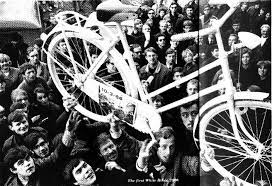
At first the Provos were mostly
protesting in the streets, but as they got more popular they moved into politics, even winning a number of seats on the Amsterdam City Council. There they proposed a number of policies to rid the city center of cars, including what was one of the first bicycle sharing programs in the world — the White Bicycles.
For the Provos, the bicycle became not just a practical transportation device, but an important symbol. If the car represented speed and capitalism, the bike represented the opposite: something slow and humble.
But even though the preservationists and the anarchists were a formidable alliance in the war on cars, in the big picture the automobile was still winning. Between 1960 and 1970, the number of cars in the country quadrupled and the rates of bicycling plummeted. Traffic casualties were way up. By the early 70s, over 3,000 people were dying in traffic collisions every year in the Netherlands, and hundreds of those people were kids.
This was true all over the world, as cars became more popular. In many places, like the U.S., people learned to just tolerate a new baseline of traffic-related injuries and deaths. But that didn’t happen in the Netherlands. The Dutch decided that losing that many children to cars was a price they were unwilling to pay.
Stop de Kindermoord
The catalyzing event happened in October 1971, when a six year old girl named Simone Langenhoff was cycling to school near the city of Eindhoven. A driver speeding around a bend in the road hit and killed her.
Her father was a prominent journalist named Vic Langenhoff and he eventually wrote an article about his experience that ran on the front page of the newspaper where he worked. He called for concerned parents to form a group that would advocate for the rights of kids to travel safely through their communities. That group — led in its early years by Maartje van Putten — would come to be known as “Stop the Kindermoord” (Stop Child Murder).
Chapters of Stop de Kindermoord engaged in direct action protests across the country, blocking roadways and demanding safer streets. Like all good protest movements, they were good at highlighting the madness of the status quo. The parents involved would show up at protests, carrying images hand-drawn by their kids, showing scenes of traffic violence.
A Big Shift
Experts, too, were starting to question the economics of converting the country to be more car-centric. In 1972, a Dutch research group released a study predicting it would cost billions of dollars to build out the infrastructure required for cars. The study’s political effect was huge. Pretty much everyone agreed that building that many roads wasn’t feasible, and they needed to look for alternatives, in the form of bikes and public transit.
Adding fuel to the fire: in late 1973, the oil crisis hit the Netherlands. The Dutch government wanted people to use less gas and so they created a series of “Car Free Sundays“, where they banned the use of private vehicles. Kids rode their bikes down empty freeways, and people had picnics in the middle of wide, carless roads. Bus and train use soared.
The Car Free Sundays gave everyone a chance to experience street life in a new way. Bicycle shops sold out of bikes, as people rushed to buy them again. And all this momentum helped set the stage for the next phase of the Dutch cycling revolution.
From Behavior to Infrastructure
For a long time in the Netherlands, the conversation around pedestrian and bike safety had focused on the behavior of pedestrians and cyclists. The emphasis was on making sure you used the correct hand signals and understood traffic laws. But there were limits to the behavioral approach. Instead of trying to change how people acted, cycling activists realized they needed to build something different.
By the mid-1970s, the Netherlands had taken steps towards making the country’s roads more friendly to cyclists. Some communities had started charging steep prices for parking in their central districts — or they’d just outright banned cars from those areas. And others had started building special residential neighborhoods called “Woonerfs” which means “living street”. Those areas required cars to move slowly, at the speed of pedestrians and cyclists.
There were also some intriguing experiments with bike paths happening in places like The Hague, Tilburg, and Delft. But still, for many cycling activists, it felt like the change was too slow and too piecemeal.
The Dutch Cyclists’ Union
The Dutch Cyclists’ Union was established in 1975. And if Stop de Kindermoord helped to put traffic safety on the national agenda, it was the Cyclists’ Union that really pushed for the creation of better cycling infrastructure, street by street, town by town.
In the 1980s, the Union began conducting meticulous surveys of its members to understand the problems they faced when bicycling. They compiled detailed data revealing that, in many places, roads were too narrow, streetlights weren’t adjusted to the needs of cyclists, road crossings were dangerous, and speeds were too high.
The Union developed a lot of expertise in bicycle-friendly road design and they eventually assembled a design manual with guidelines, written in a style that would be familiar to traffic engineers.
The Union approached the Ministry of Transport about lending assistance with further development and, in 1993, the government released its own version, which codified all kinds of bicycle-friendly road designs. The manual is still in use across the country today.
A Perfect Storm
The Dutch turn away from cars and toward cycling resulted from a perfect storm of historical factors. You had the historic preservationists fighting against the destruction of the old cities; and then the anarchists imbuing the bicycle with symbolic meaning and political importance; and then Stop de Kindermoord making traffic safety a moral issue for the entire country; and then the Cyclists’ Union becoming engineering nerds and actually changing infrastructure across the country.
But there have been trade-offs. The cycling movement was so successful that, in many ways, it disappeared into the government bureaucracy. Activists from the Cyclists’ Union moved into jobs within the Ministry of Transport. And Stop de Kindermoord eventually merged with Safe Traffic Netherlands, a mainstream traffic safety group that emphasized the behavioral approach over infrastructure change. Today, there’s less of a cycling movement in the Netherlands, trying to push things further still.
Of course, to people in other parts of the world, the Netherlands remains a beacon of progress — a far better place to use public transit, walk around, or ride a bicycle than many other places. And there are still people, like Marco te Brömmelstroet of the Urban Cycling Institute, who are trying to find ways to keep the activist spirit alive.
Further Reading
To learn more about the cycling movement in the Netherlands, we recommend a few books including: Cycling Pathways by Henk-Jan Dekker; In the City of Bikes by Pete Jordan; Movement: How to Take Back Our Streets and Transform Our Lives by Marco te Brömmelstroet and Thalia Verkade; and the work of Melissa and Chris Bruntlett.
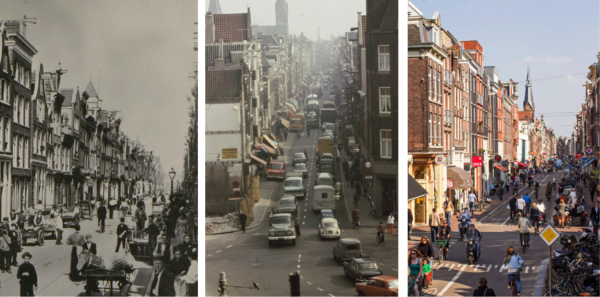
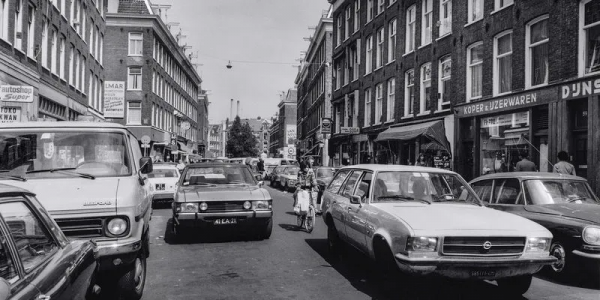
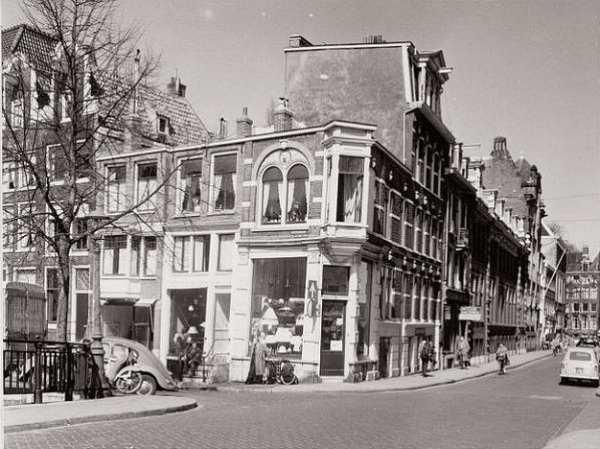

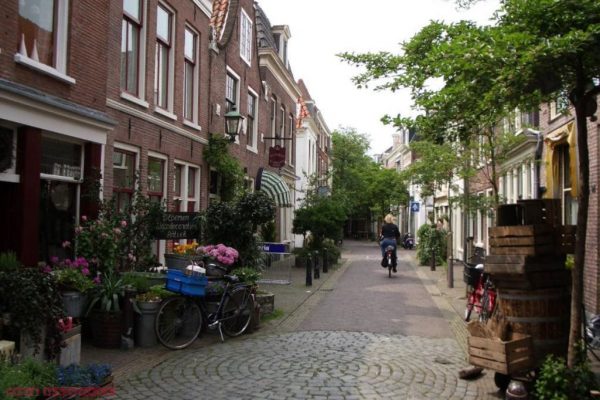
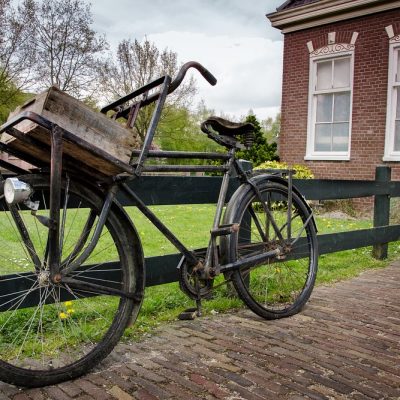
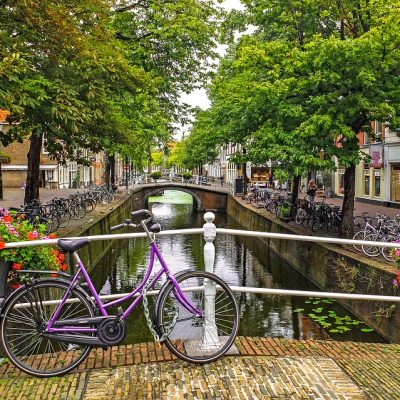


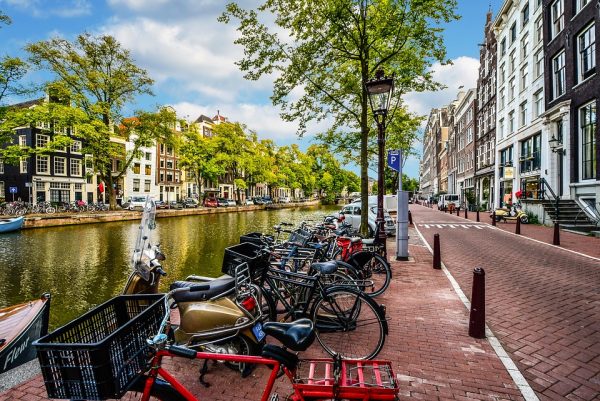



Leave a Comment
Share